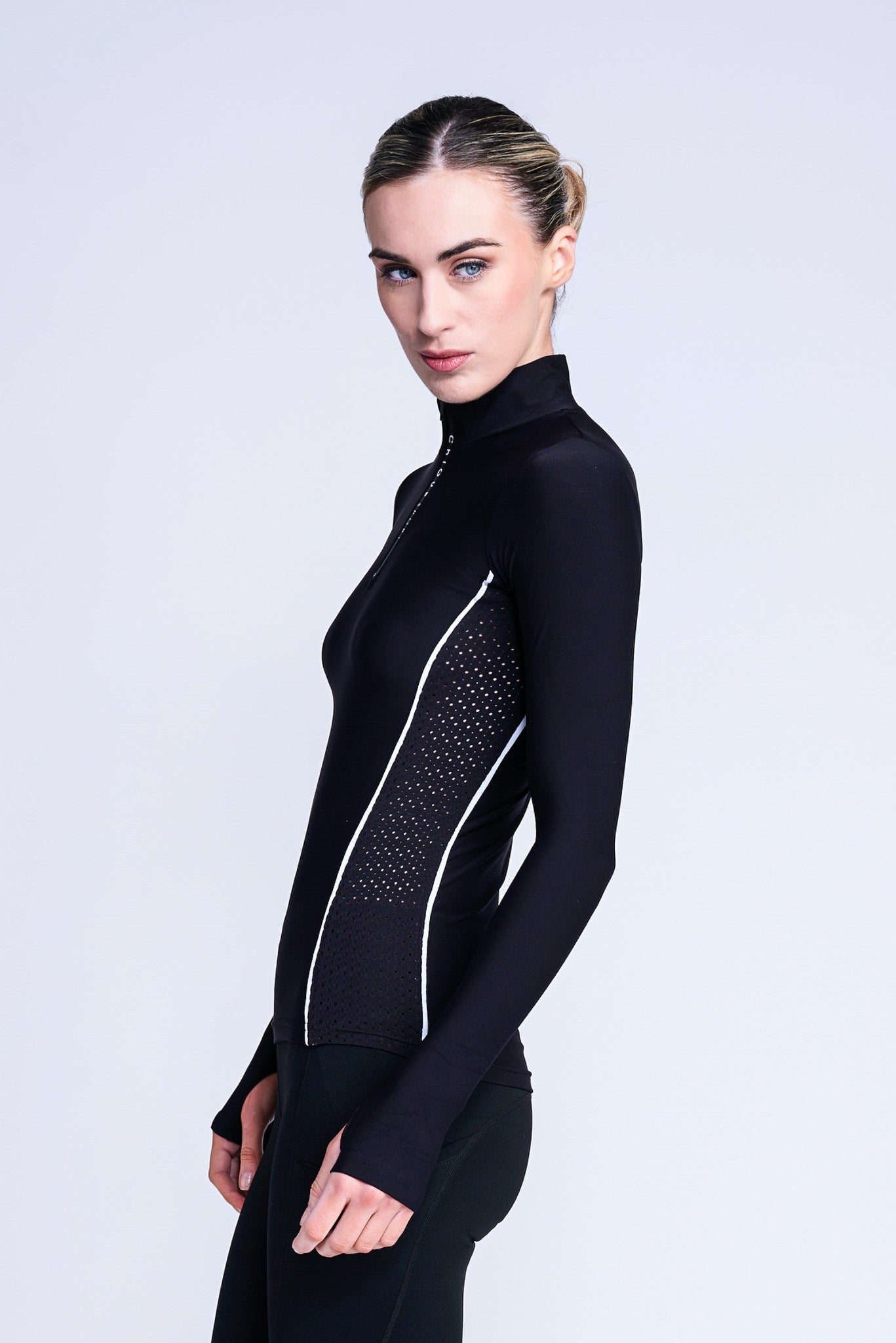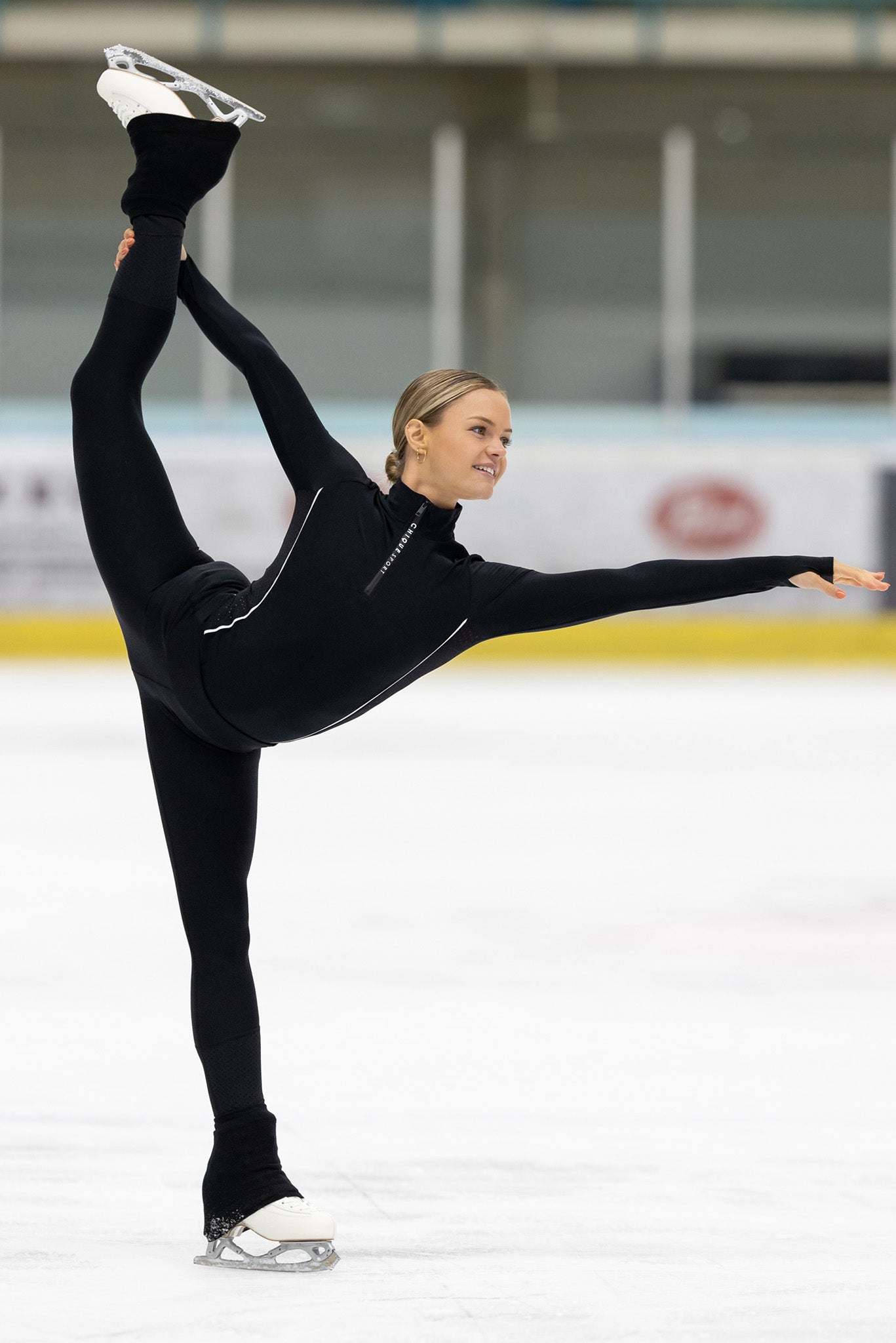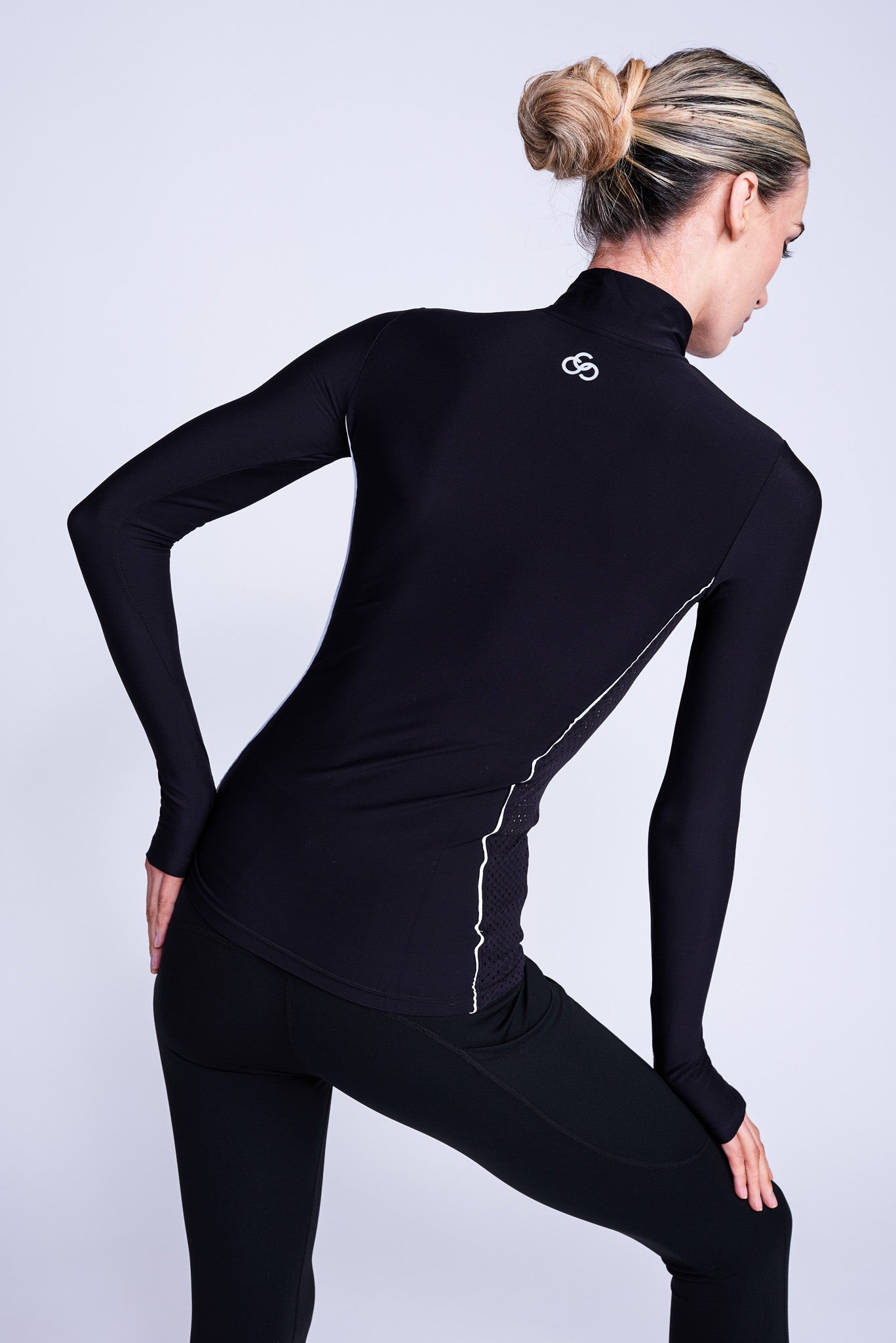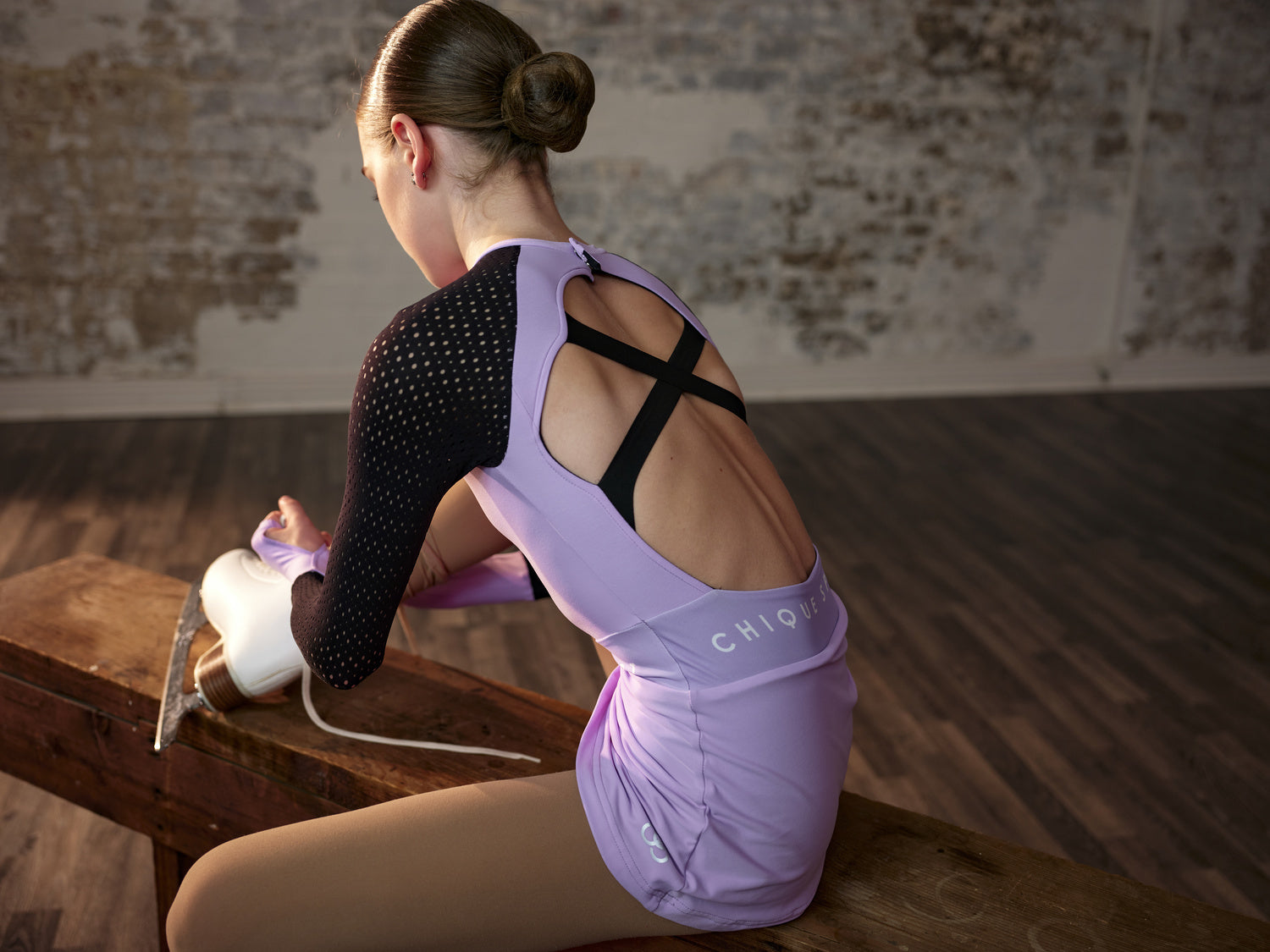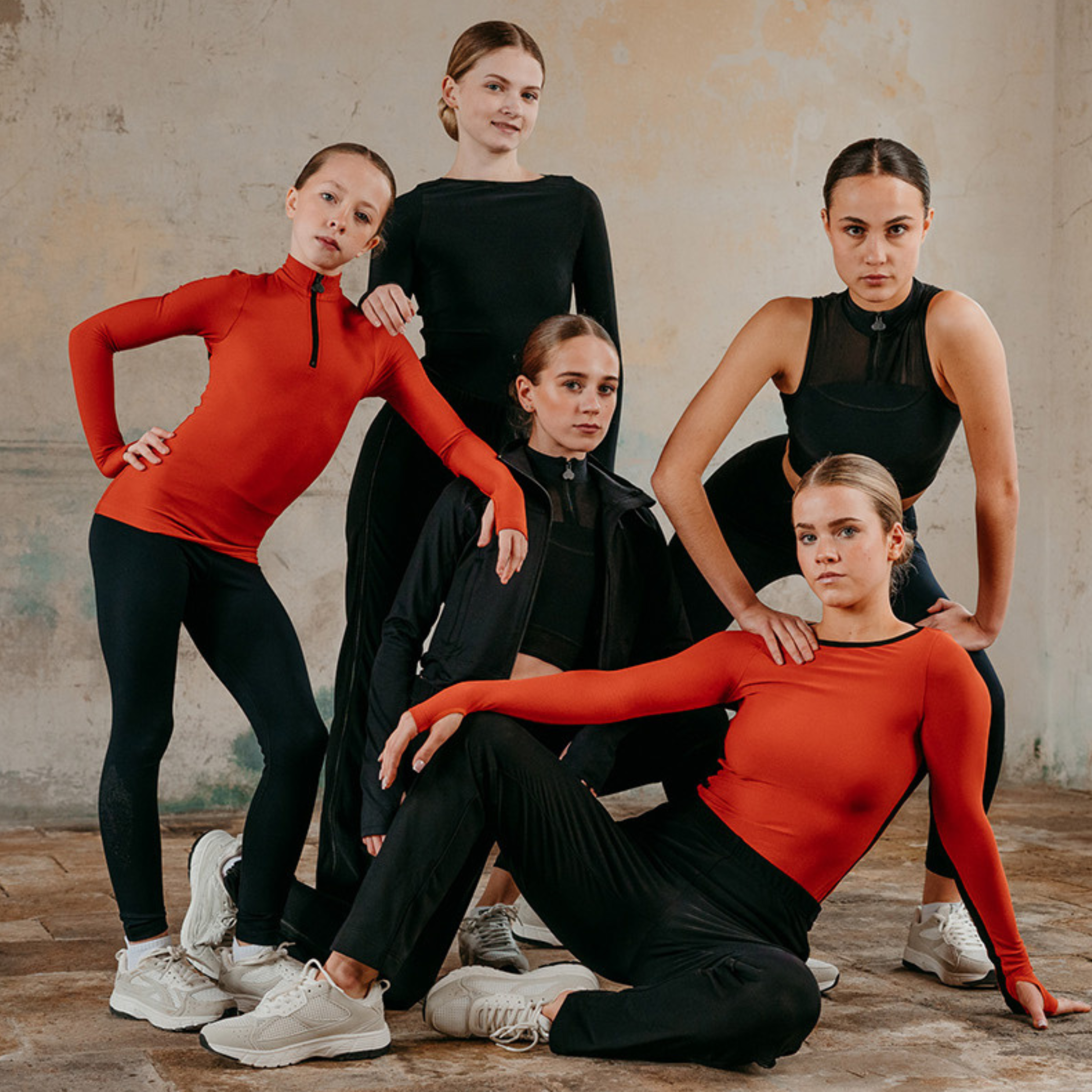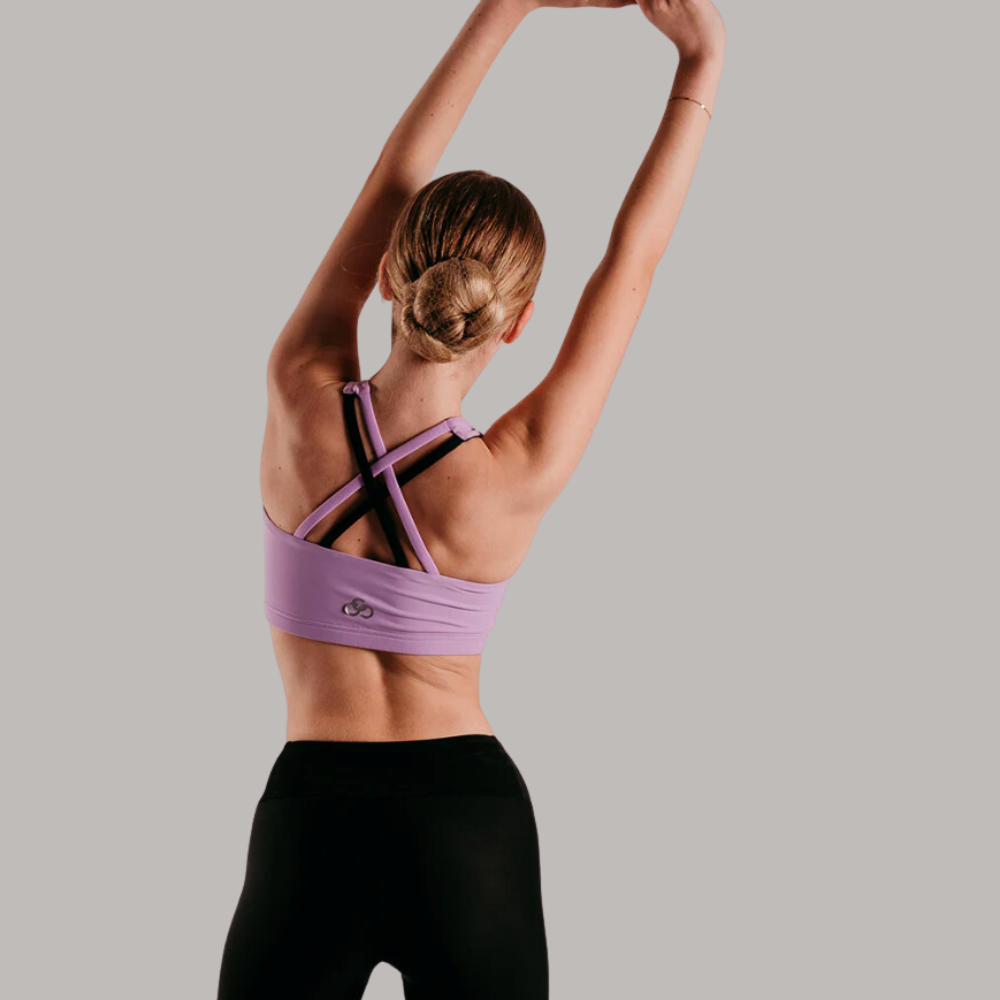Ice skating offers more than just a chance to glide across the ice — it's a fun and effective way to stay fit and healthy. Whether you're just starting out or already enjoying regular sessions at the rink, this guide will help you understand how ice skating can benefit your body and mind. From boosting your strength to improving your balance, there's a lot to gain from this sport.
So let's find out why lacing up those skates could be one of the best choices for your well-being!
Top 5 Health Benefits of Ice Skating
As professional figure skaters who eat, sleep, and breathe all things skating, we’ve experienced first-hand how this sport can transform your body, mind, and even your social life. But you don’t need to be on the ice every day to see the benefits. Even if skating is a casual hobby, incorporating it into your weekly routine can offer a surprising range of health perks.
Here's our top 5...
1. Boosts Cardiovascular Health
Cardiovascular health refers to the health of your heart and blood vessels, and it's crucial for overall well-being. It ensures that your heart pumps efficiently, supplying oxygen-rich blood to your muscles and organs.
Common cardio exercises like running, cycling and swimming get your heart pumping, and ice skating fits right into this category.
Here’s how ice skating benefits your cardiovascular health:
- Ice skating’s dynamic movements elevate your heart rate, strengthening your heart muscles and improving heart function over time.
- The rhythmic motion of skating encourages better blood flow throughout your body, delivering more oxygen to your muscles and helping them perform more effectively.
- Regular skating sessions build stamina, allowing you to skate for longer without getting tired and boosting your overall energy levels.
2. Aids Weight Loss & Burns Calories
We know that managing your weight can be a challenging journey, and finding enjoyable ways to stay active makes all the difference. Ice skating is a great option, burning anywhere from 300 to 600 calories per hour, depending on your speed, intensity, and body weight.
The faster and more vigorously you skate, the more calories you’ll burn. It’s similar to running or swimming, but it’s hands down a lot more fun.
Here are three tips for using ice skating as part of a weight loss plan:
- Aim for consistency. Try to hit the rink two to three times a week for at least 45 minutes. Regular sessions will help you maintain a calorie deficit, which is key for weight loss.
- Mix up your routine. Incorporate short bursts of faster skating or practice skating backward to increase the intensity of your sessions and burn more calories.
- Make it social. Skating with friends or joining a local class can keep you motivated and make each session feel less like a workout and more like a fun outing.
3. Improves Muscle Strength & Balance
Ice skating is a fantastic way to tone your muscles, especially your legs and core. Every glide across the ice engages your quads, hamstrings and calves, while your core works hard to keep you balanced and stable. Even casual skaters can feel their muscles working after just a few laps around the rink.
The constant adjustments required to maintain balance make ice skating an effective workout for building strength and stability.
And if you don't know why balance exercises are important, here's why:
- It helps build core strength, which is essential for maintaining stability and supporting your spine during movement, making everyday activities easier and safer.
- Balance improves overall body control, making everyday movements smoother and reducing the risk of falls.
- Good balance supports better posture, which can relieve pressure on your back and joints, helping you move more comfortably.
4. Supports Joints & Bones
Ice skating’s smooth motion is gentle on the joints, making it a great option for those dealing with arthritis or joint pain. Unlike high-impact activities, skating reduces the stress placed on your knees and hips. The consistent leg movements involved in skating help maintain joint flexibility, which can ward off stiffness and keep you feeling limber.
Plus, as a weight-bearing exercise, ice skating supports bone health by helping to maintain bone density, reducing the risk of conditions like osteoporosis.
Here are three practical tips for warming up before hitting the ice to protect your joints and improve flexibility:
- Start with gentle leg stretches, like hamstring and calf stretches, to warm up the muscles around your knees and ankles.
- Perform light squats to activate your thigh muscles and improve blood flow to your hips and knees.
- Do some ankle circles to loosen up your joints and ensure smoother movements once you start skating.
5. Improves Mental Health
Ice skating isn't just great for your body — it can work wonders for your mind too. Physical activities like skating trigger the release of endorphins, those "feel-good" hormones that help lift your mood and reduce stress levels.
Beyond the physical benefits, ice skating can also be a boost for your social and emotional well-being. Skating with friends, family, or in a local club provides a sense of connection and helps to strengthen social bonds, which can be especially valuable for those feeling lonely or isolated.
Here are some of the best ways to maximise the mental and social benefits of ice skating:
- Try skating with a buddy or join a local skating group—social connections make every session more enjoyable and keep you motivated.
- Set small goals, like learning a new move or improving your balance, to boost your sense of accomplishment and keep a positive mindset.
- Use skating as a way to unwind after a stressful day—focus on the rhythm of your movements and the cool air, letting it calm your mind.
How to Get Started with Ice Skating
SO! As we’ve covered, ice skating really does offer countless health benefits, from boosting physical fitness to lifting your mood. If you're ready to experience these perks, here's how to get started:
📖 First, take a look at our blog on learning to ice skate as an adult. It’s never too late to start, and this guide offers simple steps to build your skills and confidence — even if you’re a complete beginner.
🛒 Next, make sure you have the right gear. The right equipment is key to safety, comfort, and confidence, especially for younger skaters. Check out our guide to figure skating equipment and what to wear for the best experience on the ice.
🤕 Lastly, safety is crucial. Read our blog on preventing injuries while skating to stay prepared and make the most of your time on the ice.
And just remember, the hardest part is often just taking that first step onto the rink.
So, don’t overthink it — just go for it!


